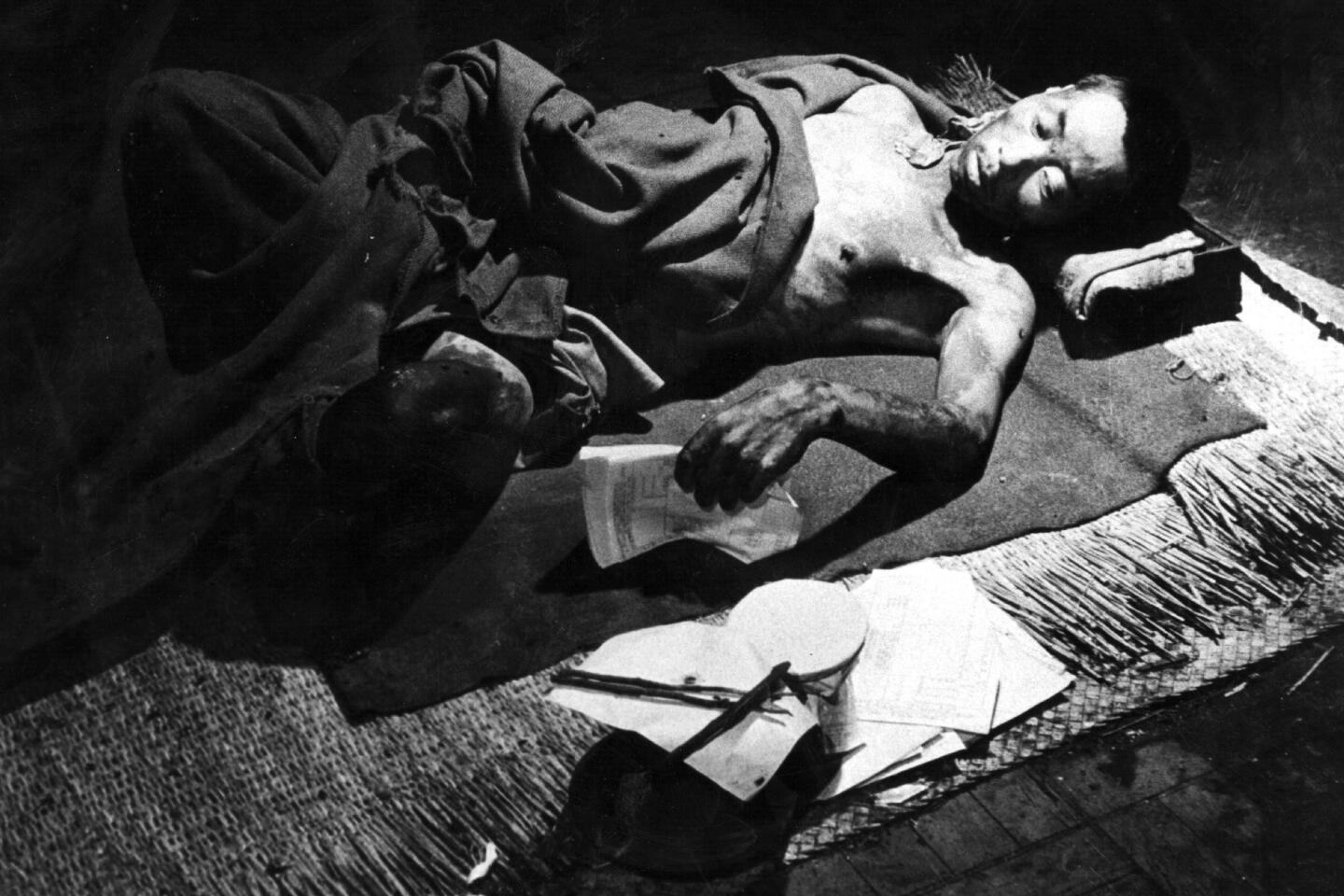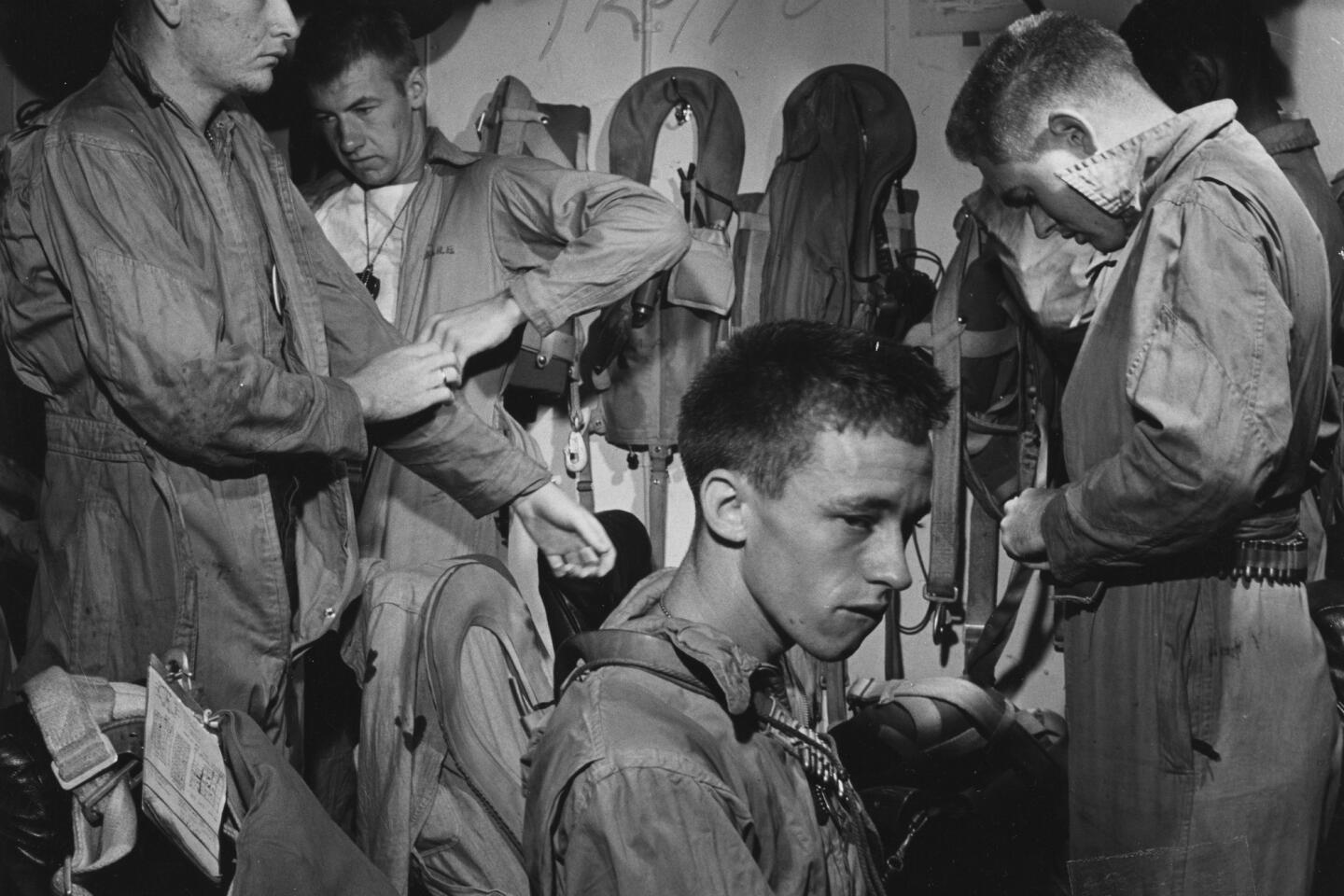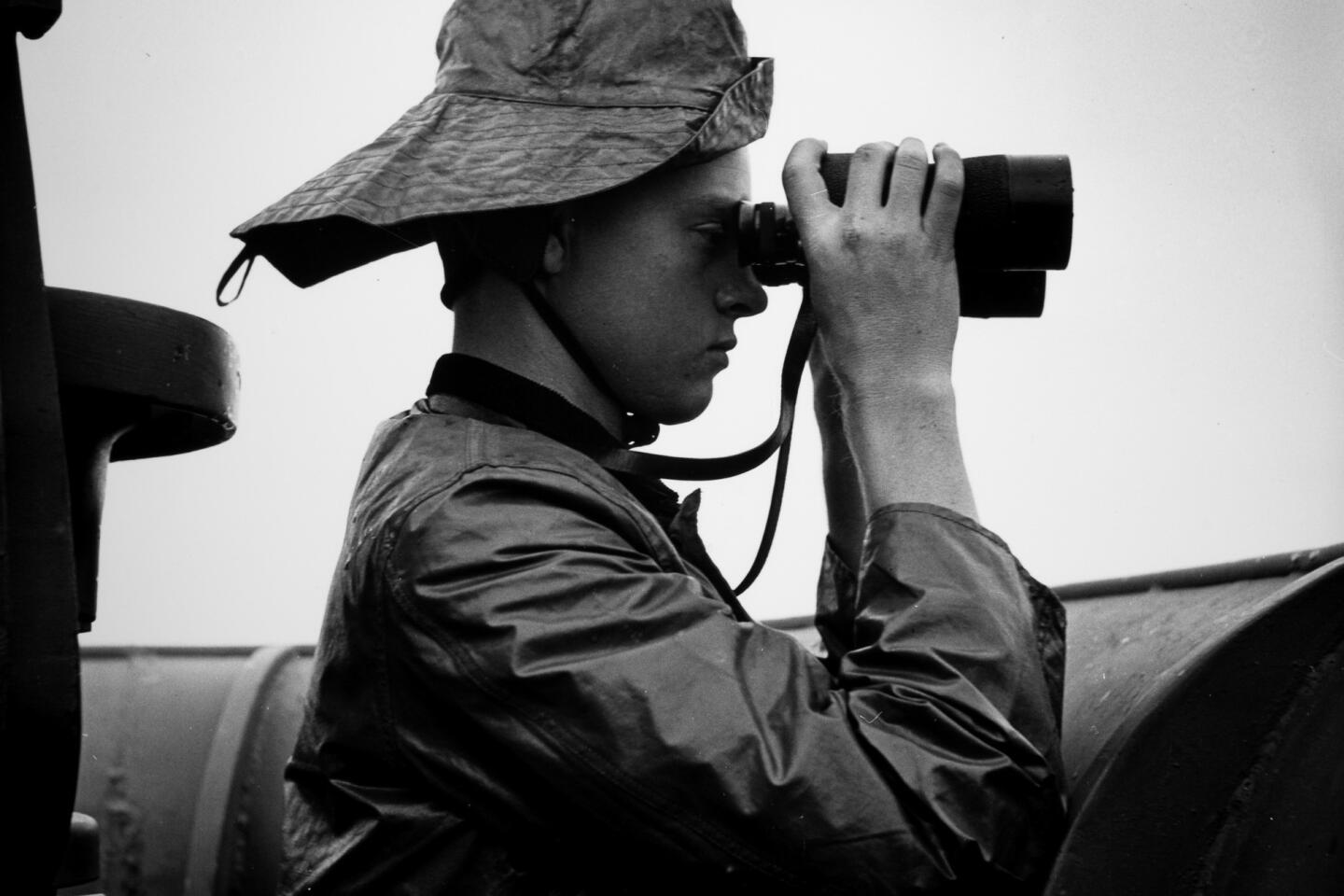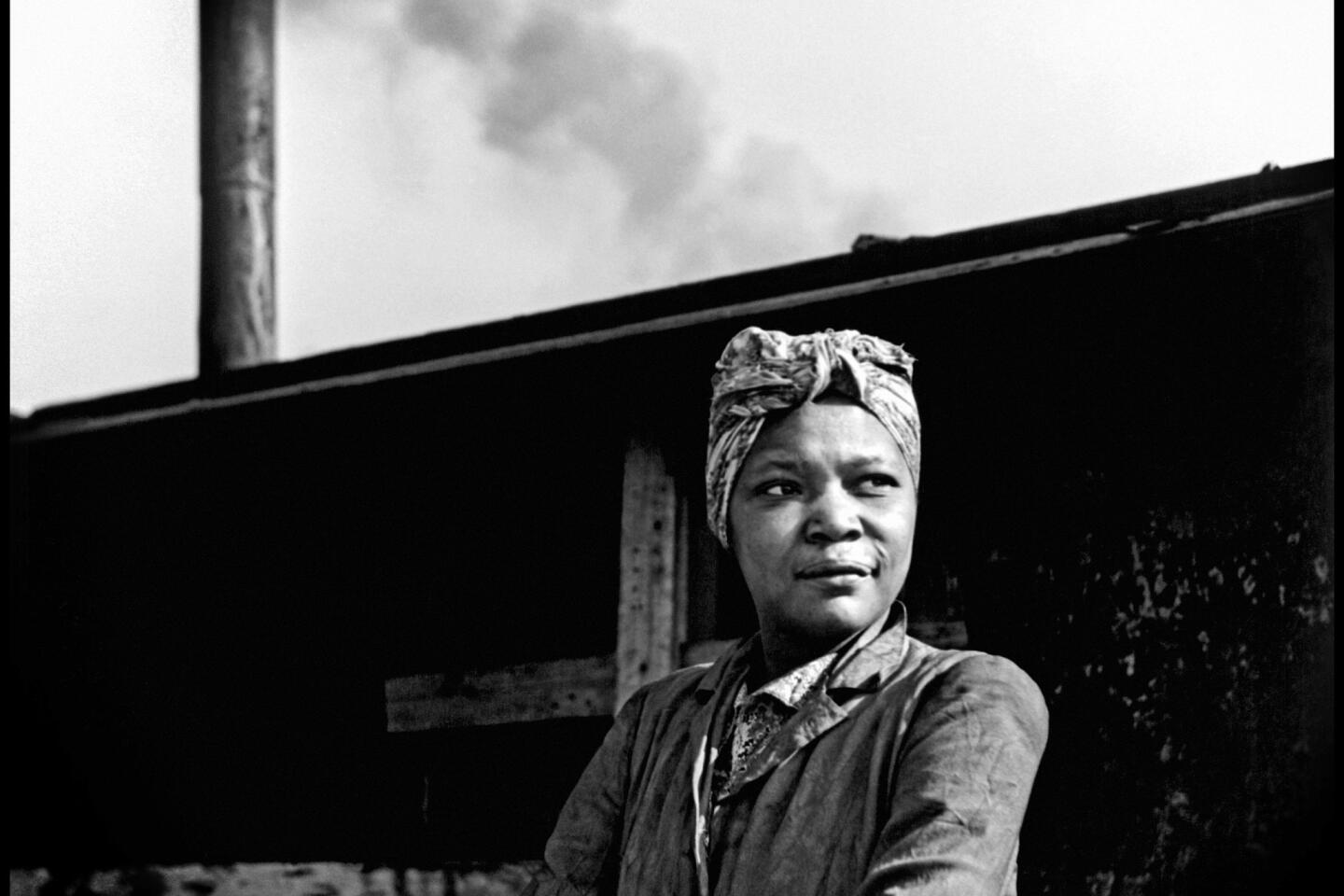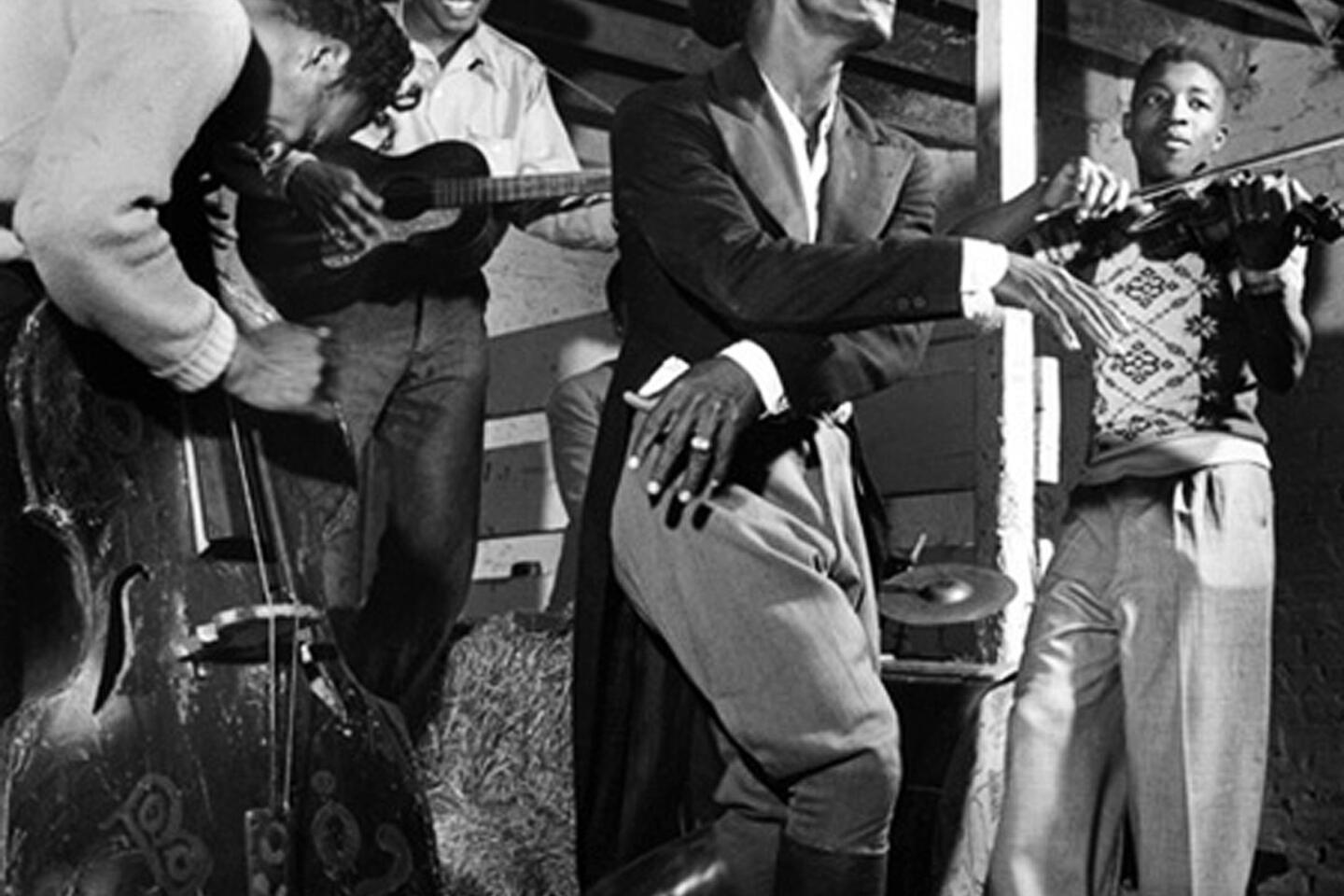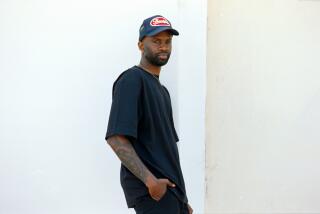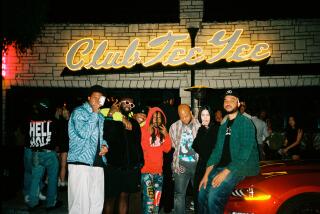Wayne F. Miller dies at 94; photographed war, blacks in Chicago
Photographer Wayne F. Miller, who served with an elite Navy unit that produced some of the most indelible combat images of World War II and then went on to create a ground-breaking series of portraits chronicling the lives of black Americans in Chicago, has died. He was 94.
Miller, also known for his work as a curator on an international photojournalism exhibition called “The Family of Man” and for contributing the photos to Dr. Benjamin Spock’s “A Baby’s First Year,” died Wednesday at his longtime home in Orinda, Calif. He was 94 and had become ill only in the last weeks of his life, his granddaughter Inga Miller said.
Born Sept. 19, 1918, in Chicago, Miller trained for a career in banking at the University of Illinois but worked part time as a photographer. He studied photography in Los Angeles in the early 1940s at what is now the Art Center College of Design. He joined the Navy and was chosen by famed fashion photographer Edward Steichen to be part of the military unit assigned to document the war. While assigned to the Pacific theater, he took some of the first pictures of the atomic bomb-devastated Hiroshima.
After returning home to Chicago, Miller spent two years in the late 1940s on the city’s South Side capturing the experiences of black residents, many of whom had moved north during the war in search of jobs and the promise of civil rights. The originals from his “The Way of the Northern Negro” series are now held in the collections of the Museum of Modern Art, the Guggenheim Museum and the Smithsonian Institution.
“He was tired of what a good job photography was doing of showing the way we were destroying each other and he decided to come back and have the medium connect people in a more meaningful fashion,” said Paul Berlanga, director of Chicago’s Stephen Daitler Gallery. “He wanted to bring the white and black races together, and thought to make a photo documentary to introduce black Chicago to white Chicago and to white America.”
While he mostly turned his lens on ordinary Americans, his subjects for the series included emerging stars such as Ella Fitzgerald, Duke Ellington and Eartha Kitt.
During the early 1950s, Miller reunited with Steichen in putting together “The Family of Man,” a Museum of Modern Art exhibit featuring hundreds of portraits by photographers from all over the world. A book of the same name based on the exhibit sold more than 4 million copies. An iconic photograph of his that was part of the exhibit showed his son David being delivered as a baby by Miller’s father. It was included in a phonographic time capsule Carl Sagan put together that was launched with the Voyager spacecraft in the late 1970s.
Miller also produced an intimate book of his photography called “The World Is Young.”
He spent the next several decades based in Orinda as a photojournalist for Life, Ebony, the Saturday Evening Post and other magazines. For six years, he was president of Magnum Photos, a photographer’s cooperative. Magnum’s current president, Alex Majoli, praised Miller as a pioneer who “paved the ground for the rest of us who tried to depict the streets, the real life.”
Miller stopped working as a professional photographer in the mid-1970s, but he found a new passion crusading for the preservation of California’s redwood forests. He and his wife, Joan, restored a clear-cut patch of forest and helped lobby for the passage of laws that provided incentives for landowners to protect rather than log trees.
Besides his wife, his survivors included four children, nine grandchildren and two great-grandchildren.
More to Read
Start your day right
Sign up for Essential California for the L.A. Times biggest news, features and recommendations in your inbox six days a week.
You may occasionally receive promotional content from the Los Angeles Times.
